Growing Focus on Renewable Energy
The Magnetic Sensor Market is also benefiting from the growing focus on renewable energy sources. As the world shifts towards sustainable energy solutions, magnetic sensors are increasingly utilized in wind turbines and solar panels for monitoring and control applications. The renewable energy sector is expected to grow at a compound annual growth rate of around 9 percent, which could drive the demand for magnetic sensors. This trend suggests that the Magnetic Sensor Market will likely see increased opportunities as the energy landscape evolves, necessitating advanced sensing technologies for efficient energy management.
Industrial Automation and Robotics
The Magnetic Sensor Market is poised for growth due to the rising adoption of industrial automation and robotics. As industries strive for increased efficiency and reduced operational costs, the integration of magnetic sensors in automated systems is becoming more prevalent. These sensors play a crucial role in position sensing, speed monitoring, and safety applications within robotic systems. The industrial automation market is projected to expand at a compound annual growth rate of approximately 8 percent, which may lead to a heightened demand for magnetic sensors. This trend indicates that the Magnetic Sensor Market is likely to thrive as industries continue to embrace automation technologies.
Emerging Applications in Healthcare
The Magnetic Sensor Market is witnessing emerging applications in the healthcare sector, which is contributing to its growth. Magnetic sensors are being integrated into medical devices for various purposes, including patient monitoring and diagnostic equipment. The healthcare market is projected to grow at a rate of approximately 5 percent annually, which may lead to an increased demand for magnetic sensors. This trend indicates that the Magnetic Sensor Market could expand as healthcare providers seek innovative solutions to enhance patient care and operational efficiency.
Advancements in Automotive Technology
The Magnetic Sensor Market is significantly influenced by advancements in automotive technology. With the automotive sector increasingly adopting advanced driver-assistance systems (ADAS) and electric vehicles (EVs), the demand for magnetic sensors is on the rise. These sensors are essential for applications such as position sensing, speed detection, and battery management systems. The automotive market is anticipated to grow at a rate of around 7 percent annually, which suggests a corresponding increase in the utilization of magnetic sensors. This trend indicates that the Magnetic Sensor Market will likely benefit from the ongoing innovations in automotive technology, enhancing safety and efficiency in vehicles.
Rising Demand in Consumer Electronics
The Magnetic Sensor Market is experiencing a notable surge in demand due to the increasing integration of magnetic sensors in consumer electronics. Devices such as smartphones, tablets, and wearables are increasingly utilizing these sensors for various applications, including orientation detection and magnetic field sensing. The market for consumer electronics is projected to grow at a compound annual growth rate of approximately 6.5 percent, which is likely to drive the demand for magnetic sensors. As manufacturers seek to enhance user experience and device functionality, the adoption of magnetic sensors is expected to expand, thereby contributing to the overall growth of the Magnetic Sensor Market.
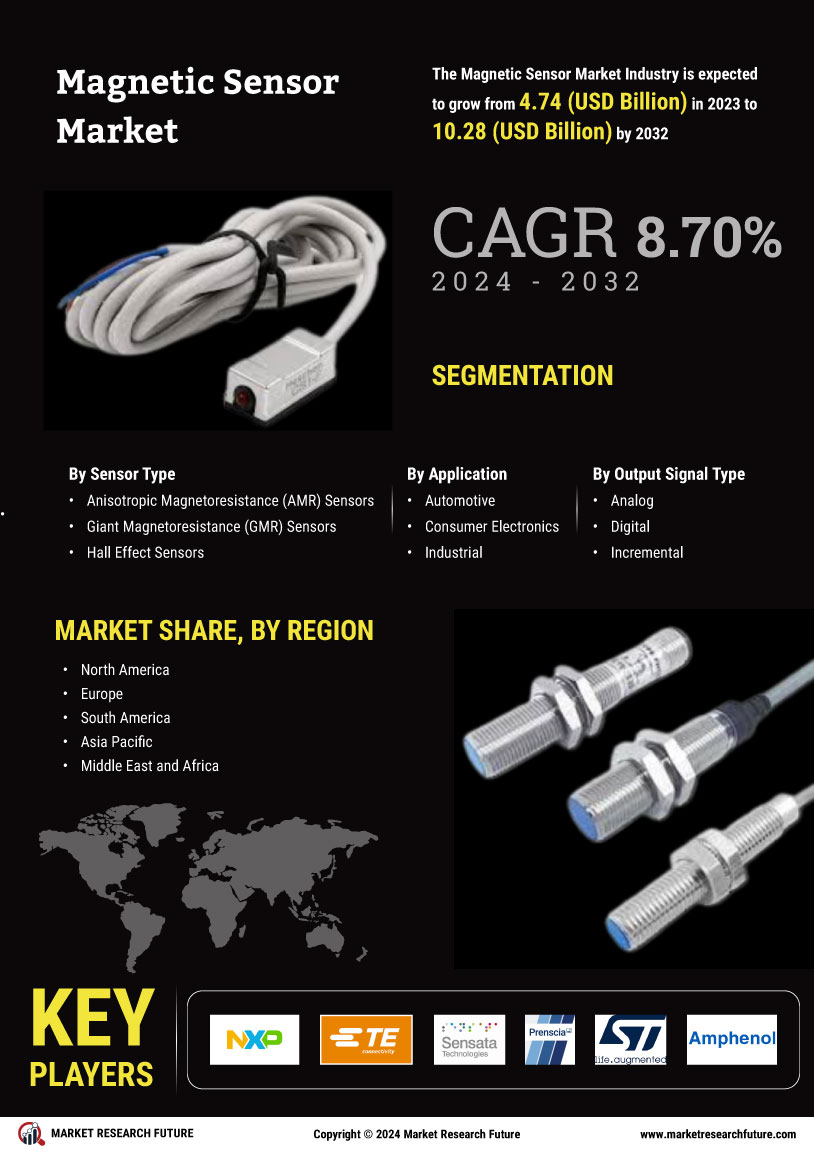
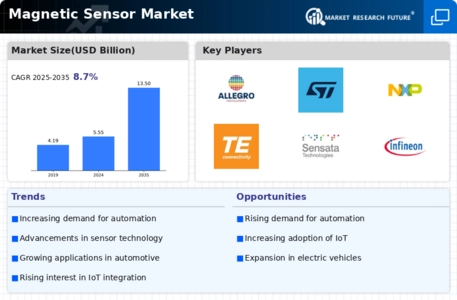
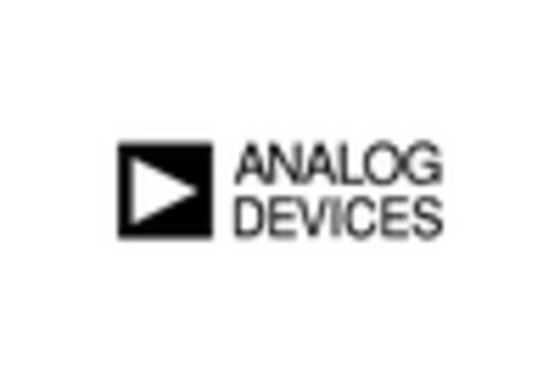
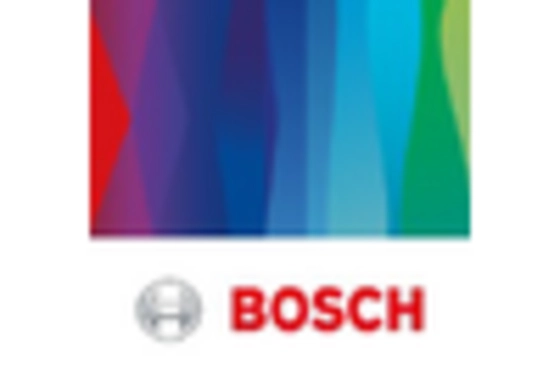

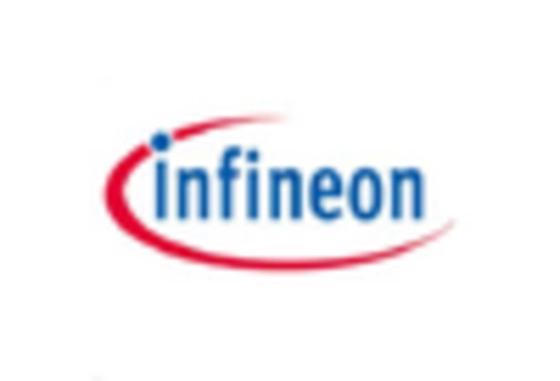









Leave a Comment